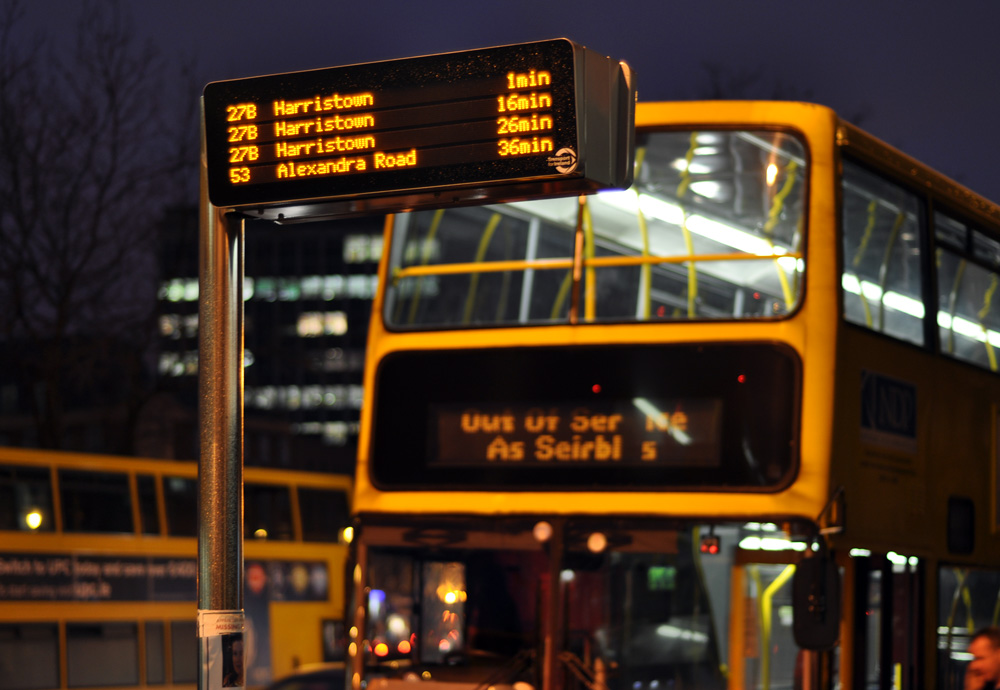
How’s the craic?
2021/03/03
This is another blog about Raspberry PI, and today I want to show how I did a simple Kafka cluster demo using the Inky pHAT. It’s kind of a continuation from my previous blog, Kafka at the edge with Raspberry PI.
If you’re not familiar with Kafka, I suggest you have a look at my previous post What is Kafka? before, and you can have a look at how I created the Kafka cluster here.
The Inky pHAT is an add-on board for Raspberry Pi, that has a low-energy, high-falutin, electronic paper (ePaper / eInk / EPD) display for your Pi, in three different color schemes: red/black/white, yellow/black/white, and black/white.
You can learn more about Inky pHAT here and check the API here.
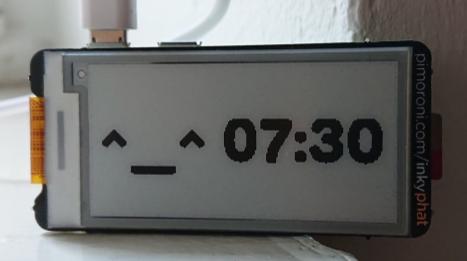
Real-Time Locating System (RTLS) enables identifying and tracking the location of objects or people in real-time. It is used everywhere in transportation and logistics across industries.
Use Cases
- Real-time alerting on a single event: Monitor assets and people and send an alert to a controller, mobile app, or any other interface if an issue happens.
- Continuous real-time aggregation of multiple events: Correlation data while it is in motion. Calculate average, enforce business rules, apply an analytic model for predictions on new events, or any other business logic.
- Batch analytics on all historical events: Take all historical data to find insights, e.g., for analyzing issues of the past, planning future location requirements, or training analytic models.
This is not an exhaustive list.
A postmodern RTLS requires an open architecture and high scalability and of course, the implementations can rely on Kafka.
Idea
A simple Raspberry Pi Kafka example where I can use one node to get the open Dublin Bus data and display it in real-time on the other node using Inky phat.
For the producer part, you can use my Micronaut Sense hat example as a start point and just change to use Dublin Bus data instead. You can get the full Micronaut Kafka Producer code on my GitHub.
https://data.smartdublin.ie/dataset/gtfs-r-real-time-passenger-information
https://developer.nationaltransport.ie/api-details#api=gtfsr&operation=gtfsr
For the consumer part, you can use my Quarkus example. You can get the full Quarkusl Kafka Consumer code on my GitHub.
Results
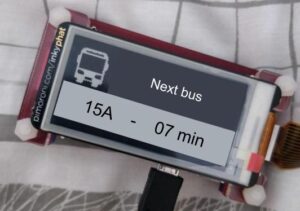
Raspberry PI + fun
real time bus with apache kafka@Raspberry_Pi @apachekafka @pimoroni#pimoroni #apachekafka #raspberrypi pic.twitter.com/oE8eNjBJW1— Igor De Souza (@Igfasouza) August 23, 2020
Kafka can be deployed as a single broker in a vehicle and a global Kafka infrastructure can spread to multiple cloud providers, regions, countries, or even continents and integrate with tens or hundreds of factories or other edge locations.
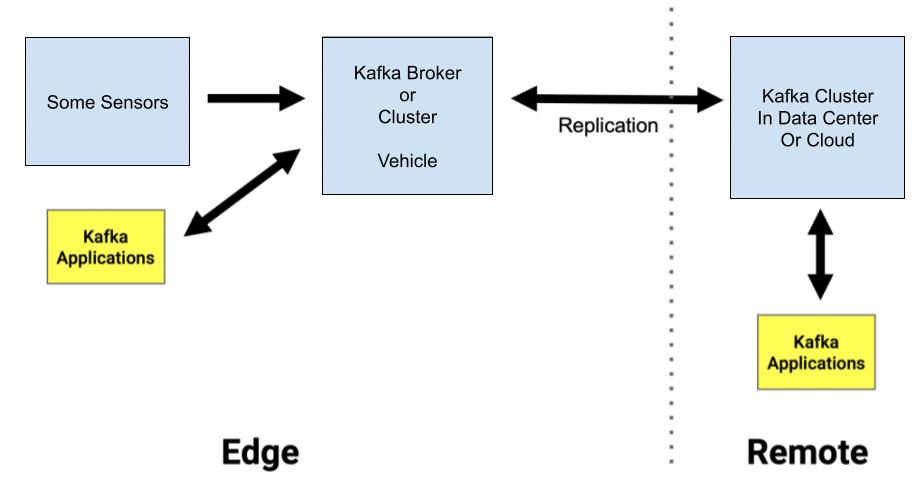
Curiosity
1- Dublin bus is already using an e-ink display to show bus stop data.
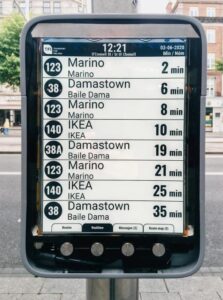
2- I did a demo for real-time data from connected vehicles some time ago.
Streaming demo, Lambda and Kappa architecture.
Real time data from connect vehicles.
Flume + OCI Streaming + Spark + NoSQL + Spring boot dashboard#oracle #oci pic.twitter.com/GTUem3CWWH
— Igor De Souza (@Igfasouza) September 5, 2019
3- I won a prize at Europe’s First government-funded Blockchain Hackathon with the idea of an app to track medical devices combining Kafka and BlockChain.
Europe's First government funded Blockchain Hackathon! #ireland
Team: BlockPirates#BlockAthonIRE @BlockAthonIRE @juarezjunior Elaine Akemi pic.twitter.com/zk8jBxZfXf— Igor De Souza (@Igfasouza) January 26, 2019
Links
https://eng.lyft.com/a-new-real-time-map-matching-algorithm-at-lyft-da593ab7b006
